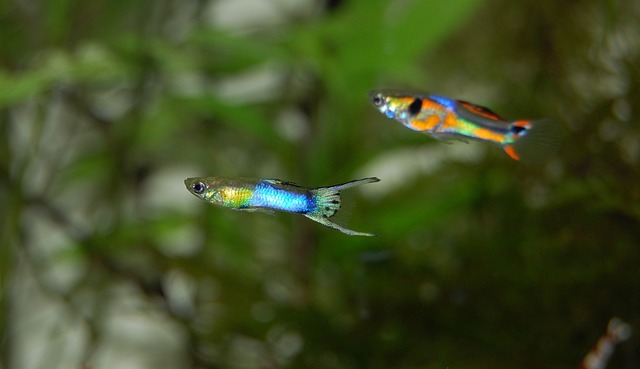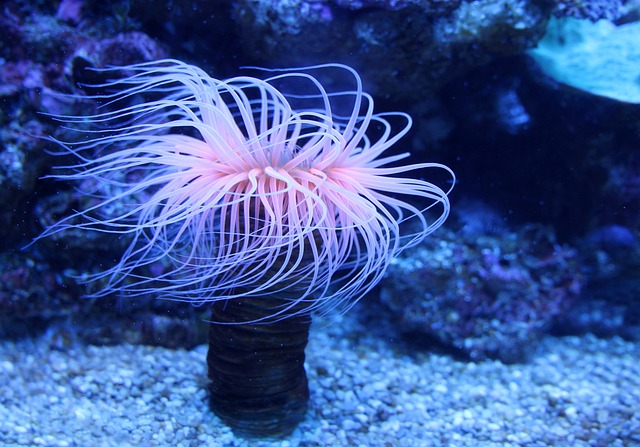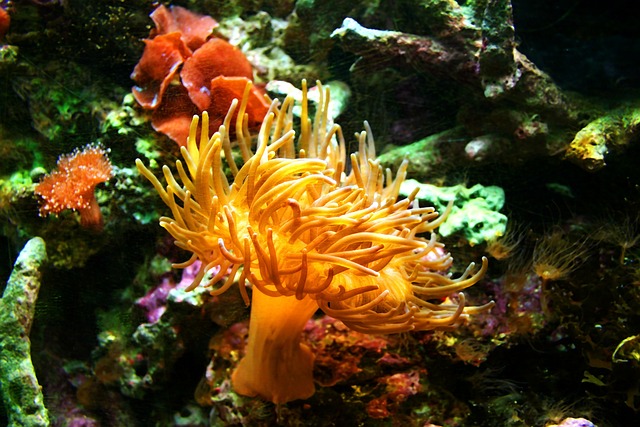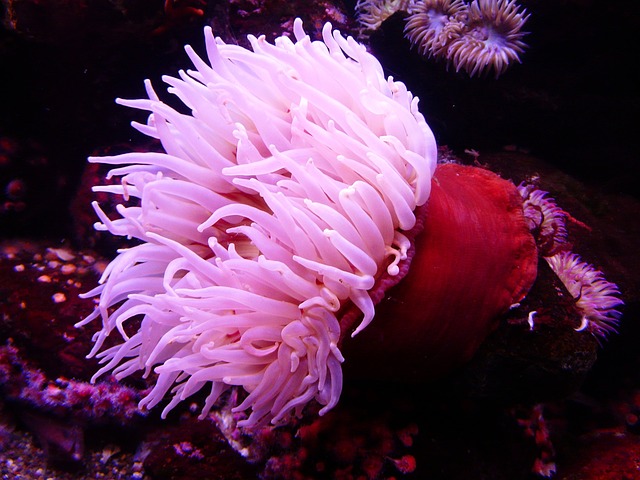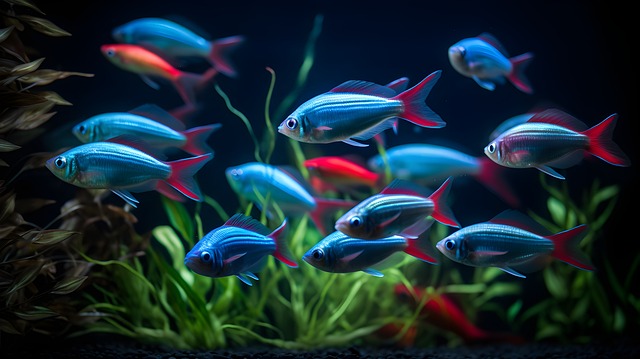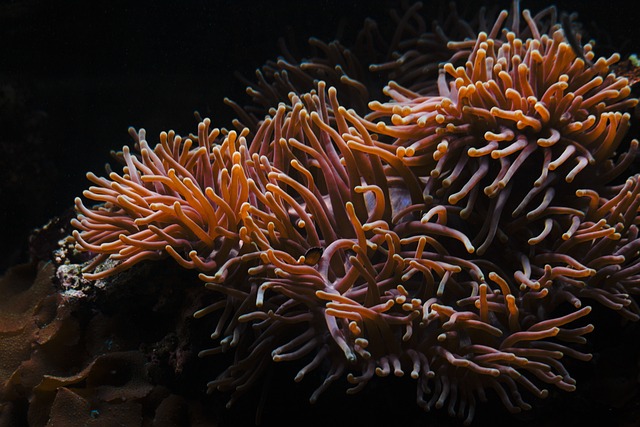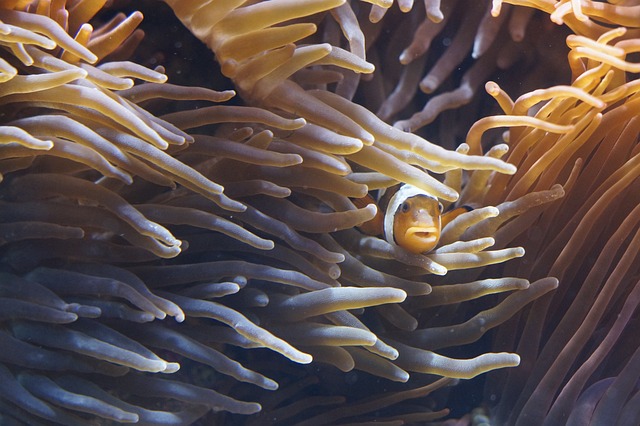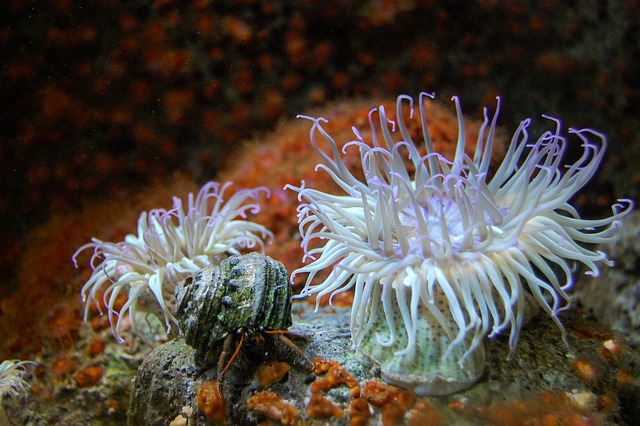Gravel is a popular substrate for aquariums due to its natural look and ability to promote beneficial bacteria growth. However, when it comes to using gravel for guppies, there are some important considerations to remember.
Guppies are a popular freshwater fish species that require specific water conditions to thrive, and the type of substrate used in their tank can play a role in their overall health and well-being.
One of the main concerns when using gravel for guppies is the size of the gravel. Guppies are small fish that can easily get stuck in large pieces of gravel, which can cause injury or even death.
Choosing a gravel size that is small enough for guppies to navigate without issue is essential. Additionally, it’s vital to ensure that the gravel is clean and free of any sharp edges or debris that could harm the fish.
Gravel for Guppies
Benefits of Using Gravel for Guppies
Gravel is a popular substrate for aquariums and has several benefits for guppies. First, it provides a natural environment for the fish. Guppies are found in the wild in shallow streams and rivers with sandy or rocky bottoms, so using gravel in the aquarium can help replicate their natural habitat.
Second, gravel can help with biological filtration. Beneficial bacteria grow on the surface of the gravel, which helps break down waste and other organic matter in the aquarium. This can help keep the tank clean and healthy for the guppies.
Types of Gravel Suitable for Guppies
When choosing gravel for a guppy tank, selecting a safe and suitable type for the fish is essential. Here are some options to consider:
- Aquarium gravel: This is specifically designed for aquariums and is available in various colors and sizes. Choosing a size appropriate for guppies is essential, as they are small fish and can get trapped in larger gravel.
- River rocks: These are natural rocks found in rivers and streams. They come in various sizes and colors and can provide a natural look for the aquarium.
- Sand: This is another natural substrate that can be used instead of gravel. Choosing fine sand that won’t harm the guppies’ delicate fins is essential.
Overall, using gravel in a guppy tank can provide several benefits for the fish and help create a natural and healthy environment. However, when choosing a substrate, selecting a safe and suitable type for the fish is essential.
Preparing Gravel for Guppies
Cleaning the Gravel
Before adding gravel to a guppy tank, it is essential to clean it thoroughly. This will remove any dirt, dust, or debris that may be present on the gravel. To clean the gravel, follow these steps:
- First, rinse the gravel with water to remove any loose debris.
- Next, fill a bucket with water and add a gravel cleaner.
- Place the gravel in the bucket and stir it for a few minutes.
- Next, pour out the dirty water and rinse the gravel thoroughly with clean water.
- Repeat steps 2-4 until the water runs clear.
Cleaning the gravel will help ensure the guppy tank remains clean and healthy.
Adding the Gravel to the Tank
Once the gravel has been cleaned, it can be added to the guppy tank. Here are some tips for adding gravel to a guppy tank:
- Add a layer of gravel to the bottom of the tank. The layer should be about 1-2 inches deep.
- Use a gravel vacuum to remove any debris that may have accumulated on the gravel.
- Rinse the gravel again before adding water to the tank.
- Fill the tank with water slowly to avoid disturbing the gravel.
Adding gravel to a guppy tank can provide a natural and aesthetically pleasing environment for the fish. Following these steps, the gravel can be adequately prepared and safely for the guppies.
Maintenance of Gravel for Guppies
Regular Cleaning
Maintaining clean gravel is essential for the health and well-being of guppies. Regular gravel cleaning removes debris, uneaten food, and fish waste that may accumulate over time.
Failure to clean the gravel can lead to poor water quality, resulting in various health problems for guppies.
To clean the gravel, gently stir it with a gravel vacuum and remove any debris sucked up. It is recommended to clean the gravel once a week or more frequently if necessary. The frequency of cleaning depends on the number of guppies and the tank size.
Replacing the Gravel
Over time, the gravel may become worn or discolored, making it necessary to replace it. When replacing the gravel, it is essential to rinse it thoroughly before adding it to the tank. This helps to remove any dust or debris that may be present.
To replace the gravel, replace the old gravel with the new one. It is recommended to replace only a portion of the gravel at a time to avoid disturbing the biological balance of the tank. The amount of gravel to be replaced depends on the size of the tank and the number of guppies.
In conclusion, maintaining clean gravel is essential for the health and well-being of guppies. Regular cleaning and replacing of the gravel are necessary to ensure a healthy environment for guppies to thrive.

